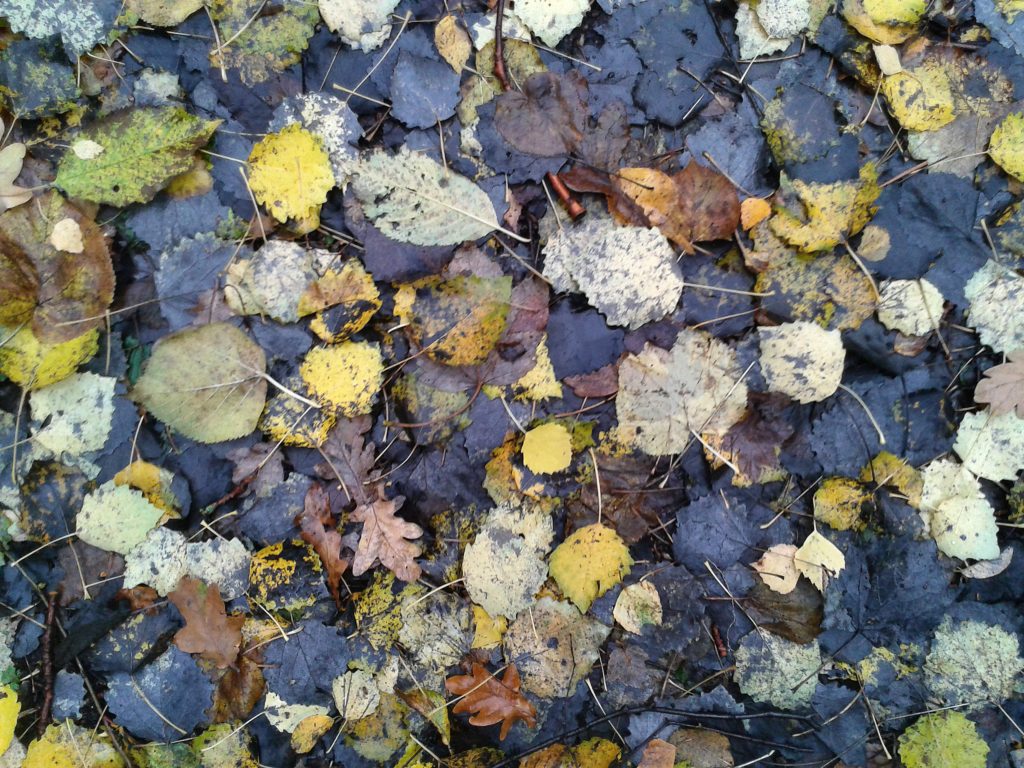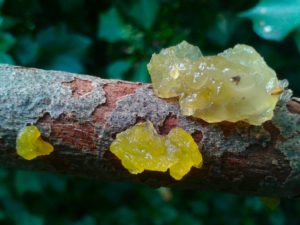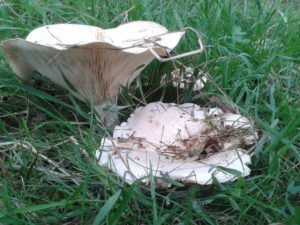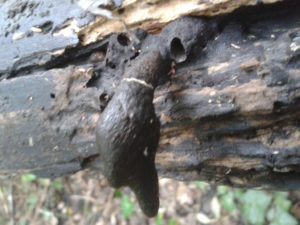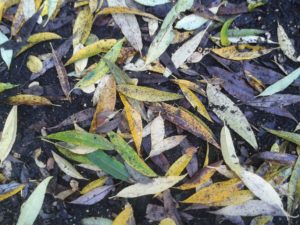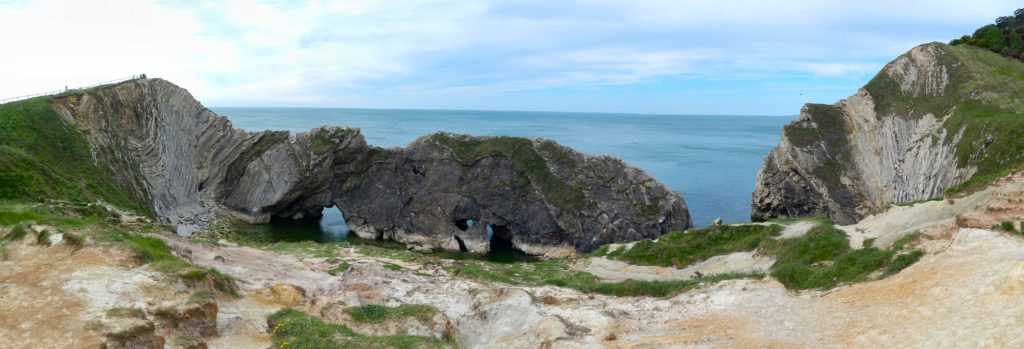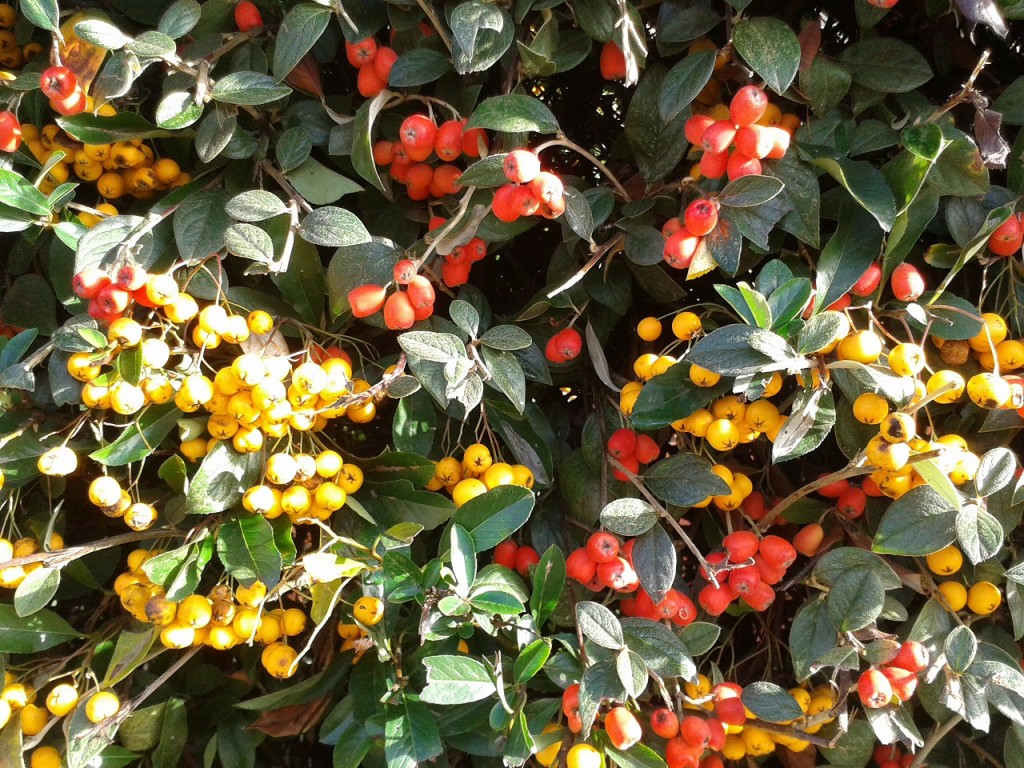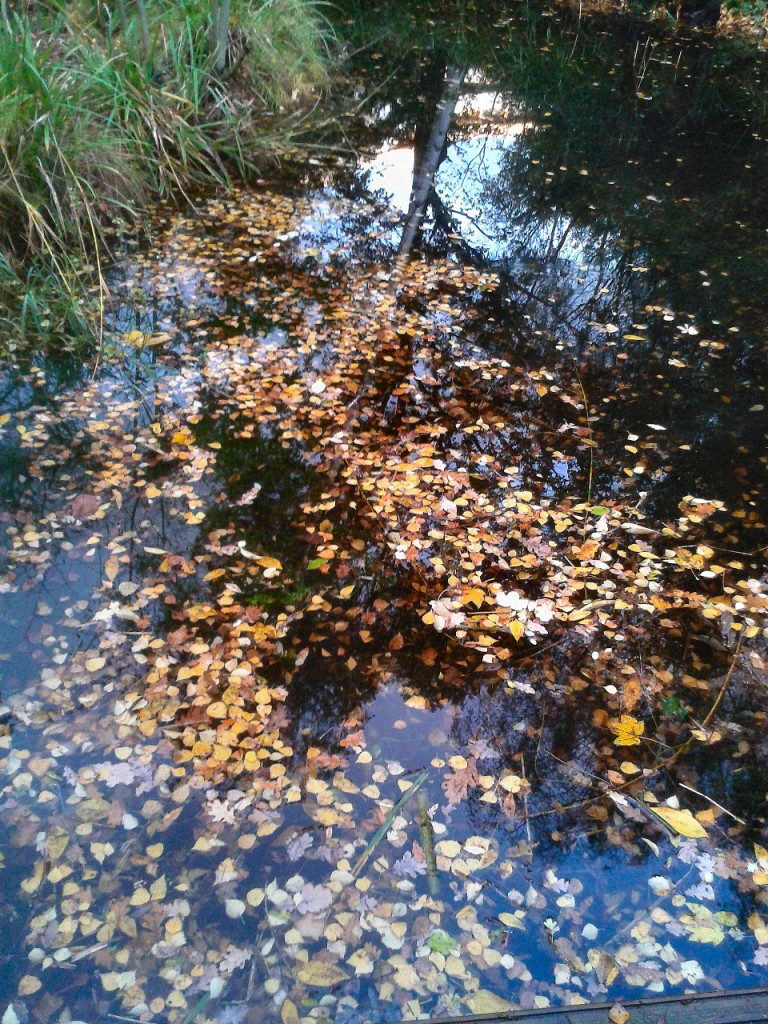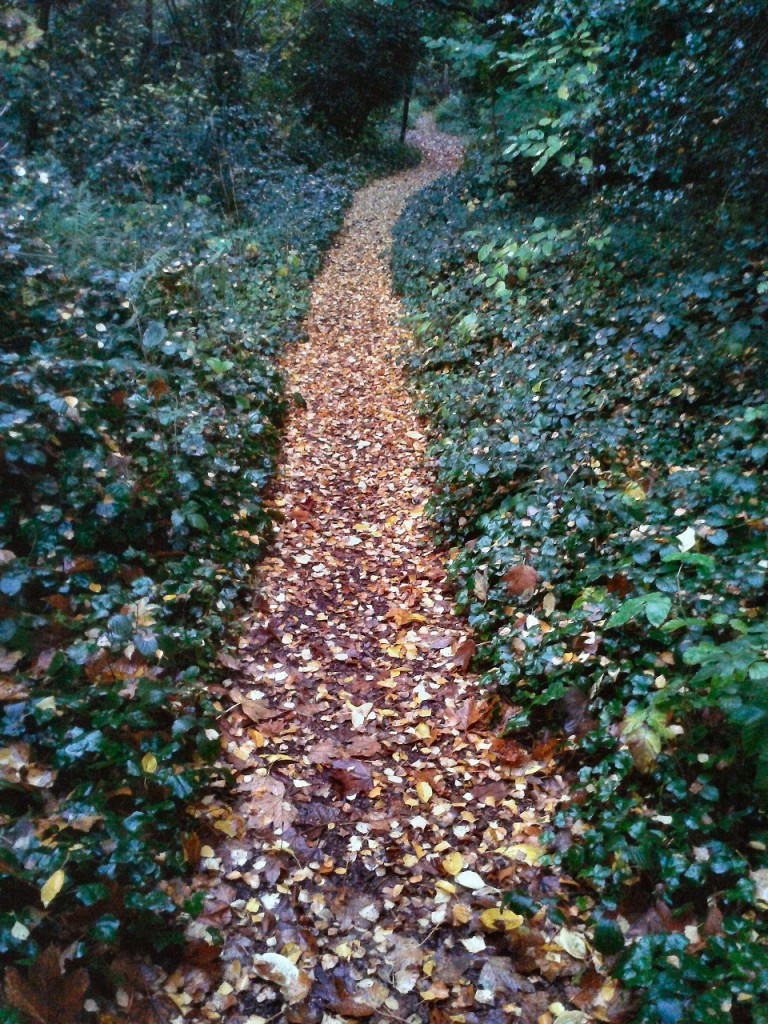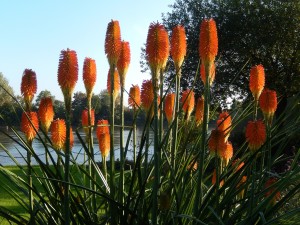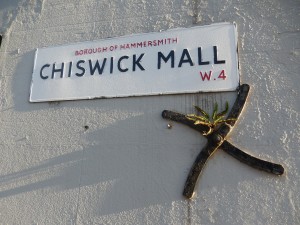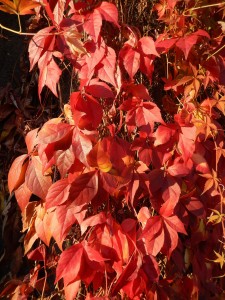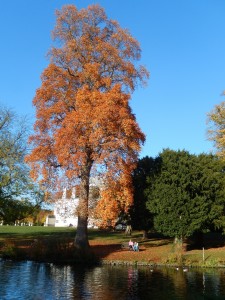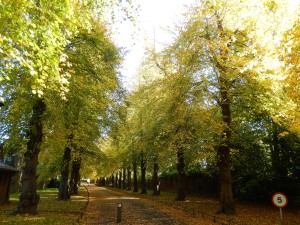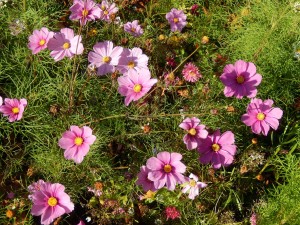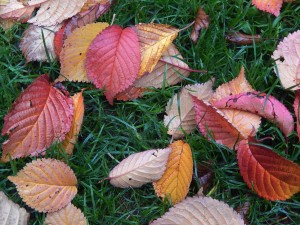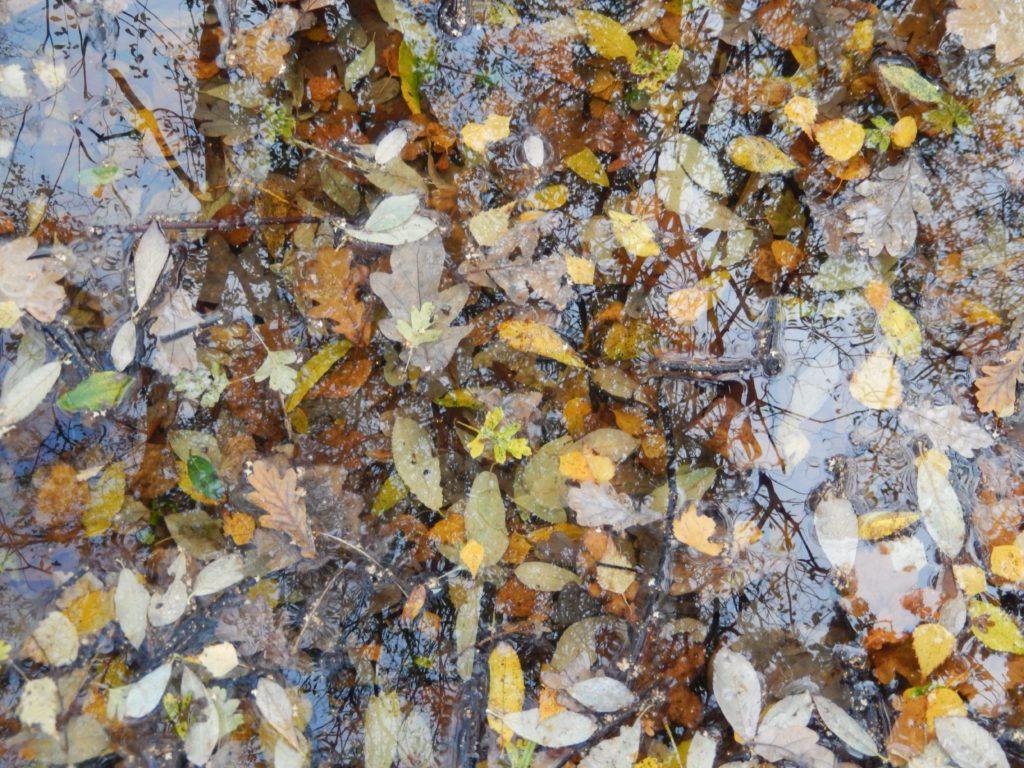
Category Archives: Natural Patterns
Who Said Pink and Orange Didn’t Go?
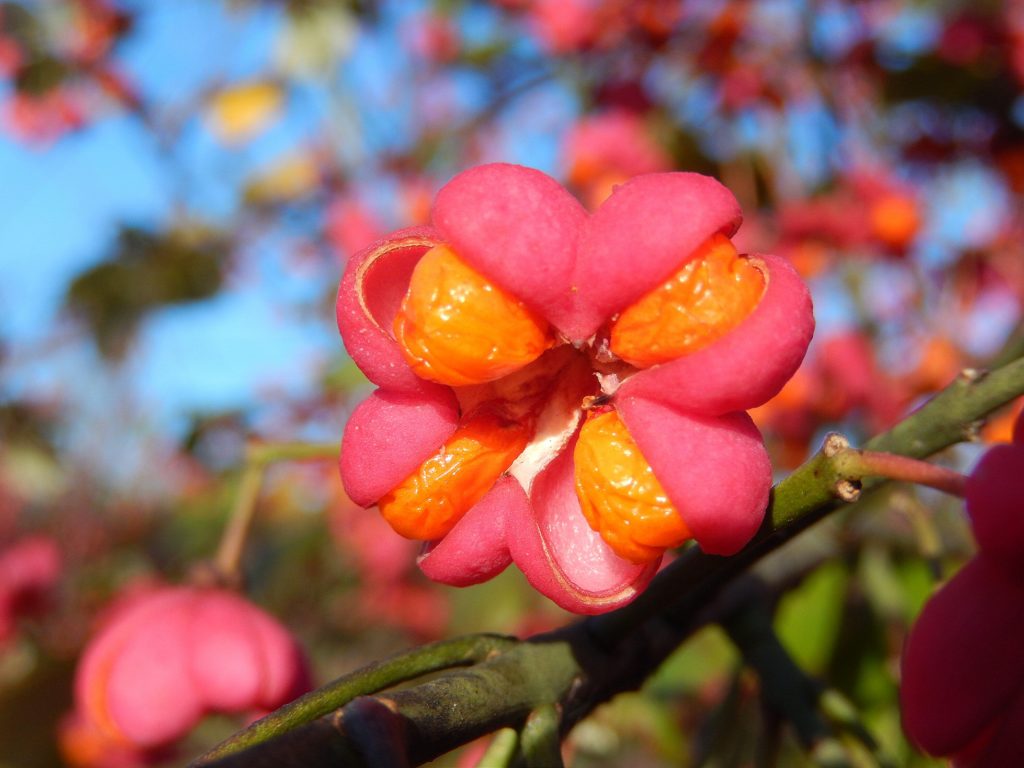
The colours have not been manipulated in any way: they are just as they appeared on a sunny crisp November day.
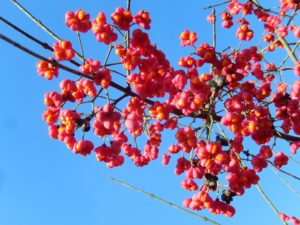
The Spindle tree was once used to make spindles for spinning thread (you can see the long straight twigs, which were ideal for the job). The bizarre fruits dehisce into four, revealing the four bright orange seeds.
Handsome Fallen Leaf Patterns in Gunnersbury Triangle
Fun(gi) in the ‘Mangrove Swamp’
Stair Hole, Lulworth
Spring at Kew: Nuthatch, Marsh Tit
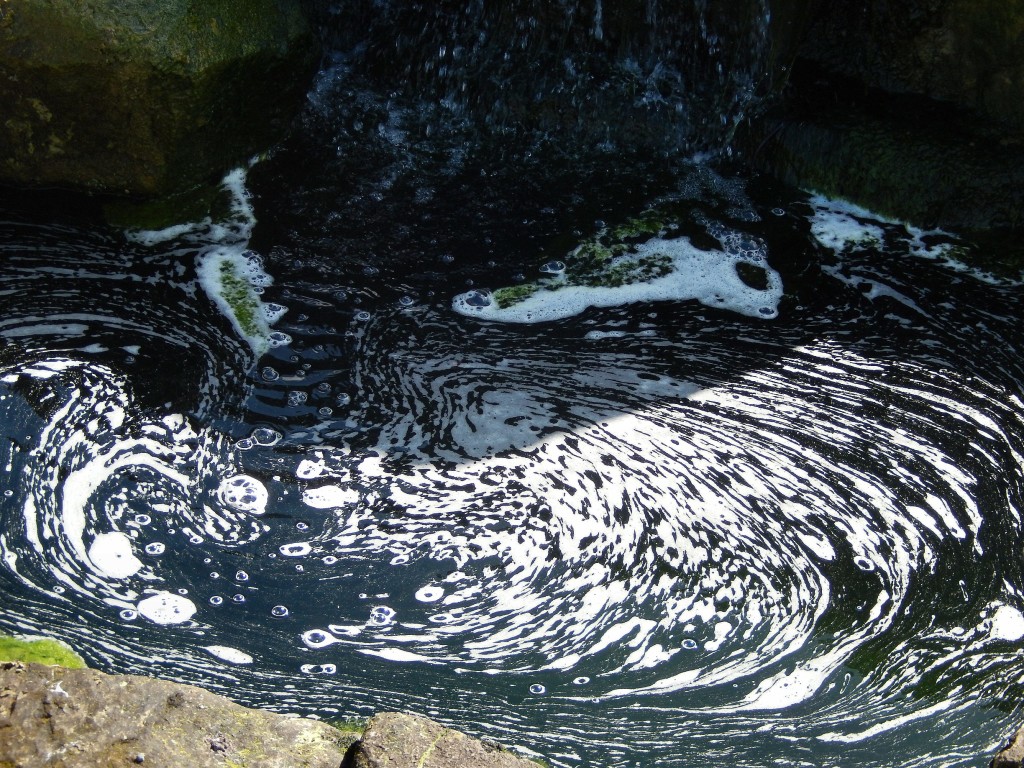
It was a delight to walk in Kew Gardens in spring sunshine. The thousands of daffodils shone golden on the mound of the Temple of Aeolus; thousands of blue Scillas coloured the grass, and a mass of Grape Hyacinths (Muscari) puzzled visitors as it grew under a hundred different labels of herbs not yet emerged from their winter rest!
Overhead, a Nuthatch ran about the branches like an arboreal mouse, calling loudly (but with single whistling calls, not its triple see-see-see). A pair of Marsh Tits, presumably on migration, called Pitchu! Pitchu! to each other, readily visible in the still-bare trees. Hundreds of small children clustered eagerly around the Easter Egg hunt stands.
Wraysbury in the Mist, and Leafy Lichens
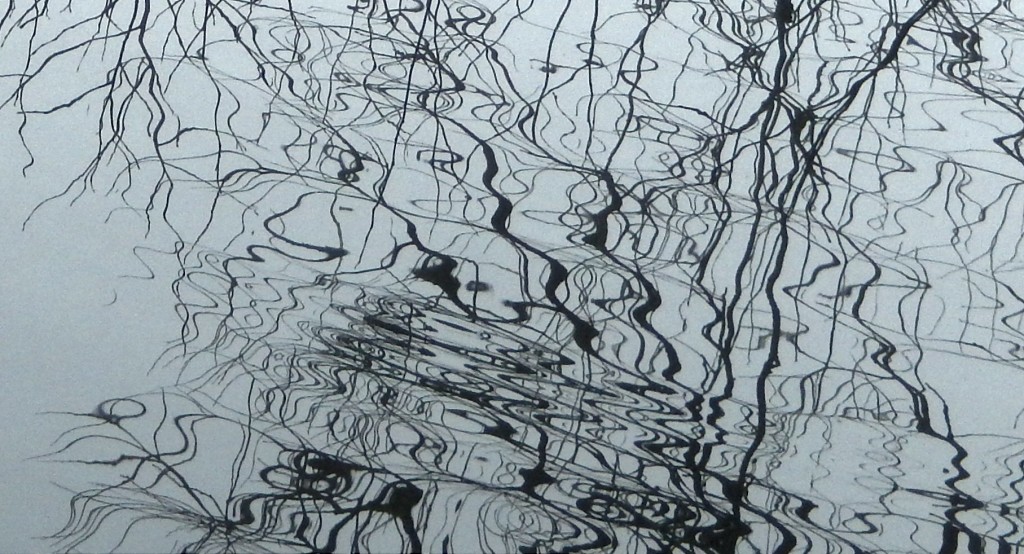
Well, after 7 Vole Patrol postings, and some very cold, wet and early mornings, I felt like enjoying a nature walk in the sunshine, away from Woodmice. But as I left town I found myself in fog, not too thick to be sure, but fog nonetheless.
I was rewarded, however, with the lovely sight of the willows along the lake seeming to float, isolated in the smooth sea of soft gray.
As the mist slowly lifted, a pair of Goosanders and a pair of Goldeneye (the male displaying, the female in tow a yard behind) could be seen through the mirk.
I couldn’t get away from the mammals, either. I was pleased to see not just the usual Muntjac prints along the path, but Roe Deer too. A little way further, and there was a Wood Mouse hopping in a relaxed way across the path, before diving down its hole.
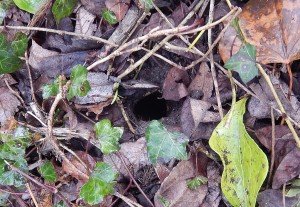
Among the birds calling were Green Woodpecker (finely), Great Tit, Song Thrush, Cetti’s Warbler. A Heron and a Parakeet flew overhead. Wood Pigeons and Carrion Crows watched warily.
The damp air had another good effect: the lichens looked wonderful, and even the bristly Ramalina were soft.
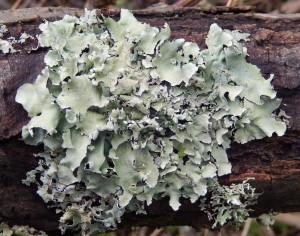
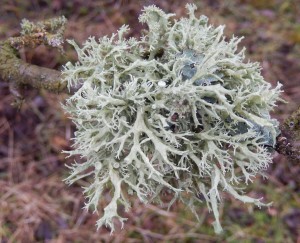
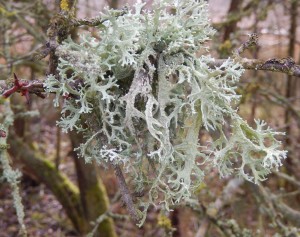
It was nice to see the lichens flourishing so close to London (and Heathrow): these little fungus/alga plants are very sensitive to pollution, and when I was a boy they were almost impossible to find anywhere near a city, so conservation stories can be happy.

